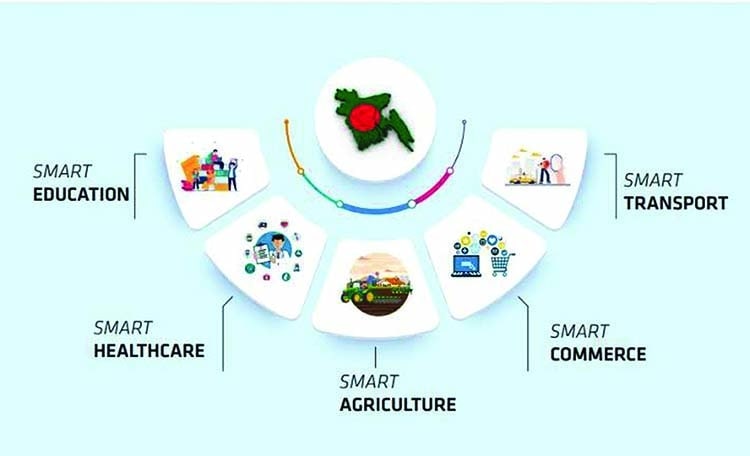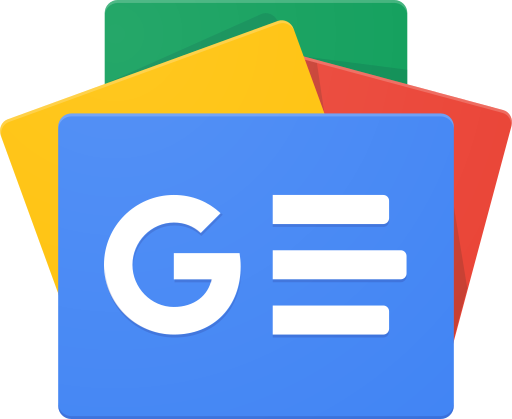Programming languages have been an integral part of computer science and software development for many years. They allow developers to communicate with machines and create complex software systems. However, programming languages have evolved significantly over the years, with each generation bringing new features and capabilities. In this article, we will explore the history of programming languages and the different generations that have emerged over time.
Table of contents
First Generation Languages
The first generation of programming languages, also known as machine language or assembly language, was developed in the 1940s and 1950s. These languages were designed to communicate directly with the computer hardware, using binary code to perform calculations and execute instructions. Machine language is the most basic form of programming language, and it is often challenging for humans to read and write. Assembly language was developed as a more readable form of machine language, with each instruction represented by a short code. Assembly language was faster and more efficient than machine language, but it still required significant technical expertise.
Second Generation Languages
The second generation of programming languages, also known as low-level languages, emerged in the late 1950s and early 1960s. These languages were designed to be more user-friendly than machine and assembly languages, allowing developers to write code using alphanumeric characters. The most notable second-generation programming languages were Fortran and Cobol, which were used extensively in scientific and business applications. These languages were still relatively low-level, requiring developers to have a solid understanding of computer architecture.
Third Generation Languages
The third generation of programming languages emerged in the 1960s and 1970s. These languages were designed to be even more user-friendly than the previous generation, with more abstract and higher-level programming concepts. Third-generation languages, such as C, C++, and Java, were designed to be more portable, enabling code to run on a variety of computer systems. Third-generation languages also introduced the concept of object-oriented programming, allowing developers to create complex systems using reusable code.
Fourth Generation Languages
The fourth generation of programming languages emerged in the 1980s and 1990s. These languages were designed to be even more user-friendly than the previous generations, with a focus on database management and data processing. Fourth-generation languages, such as SQL and MATLAB, were designed to handle large volumes of data efficiently. These languages allowed developers to create complex data-driven applications without having to write extensive code.
Fifth Generation Languages
The fifth generation of programming languages emerged in the 1980s and 1990s, with a focus on artificial intelligence and expert systems. These languages, such as Prolog and Lisp, were designed to enable developers to create intelligent systems that could learn and make decisions. These languages were used extensively in research and development, but they were not widely adopted in commercial applications.
Sixth Generation Languages
The sixth generation of programming languages emerged in the 1990s and 2000s, with a focus on visual programming and rapid application development. These languages, such as visual programming languages, allowed developers to create complex applications using drag-and-drop interfaces and pre-built components. These languages were designed to be easy to use and allowed developers to create applications quickly and efficiently.
Evolution of Programming Languages
The development of programming languages has been ongoing, with new languages emerging continuously. There are several trends in programming languages, including a move towards more portable and modular code, the development of domain-specific languages, and an increased focus on security and scalability. The future of programming languages is likely to be driven by new technologies, such as artificial intelligence and quantum computing, which will require new programming paradigms and languages.
Bibliography
- Wexelblat, R. L. (Ed.). (1981). History of programming languages (Vol. 1). Academic Press.
- Sebesta, R. W. (2015). Concepts of programming languages. Pearson.
- Myers, G. J., Sandler, C., & Badgett, T. (2016). The Art of Software Testing. John Wiley & Sons.



 For all latest articles, follow on Google News
For all latest articles, follow on Google News